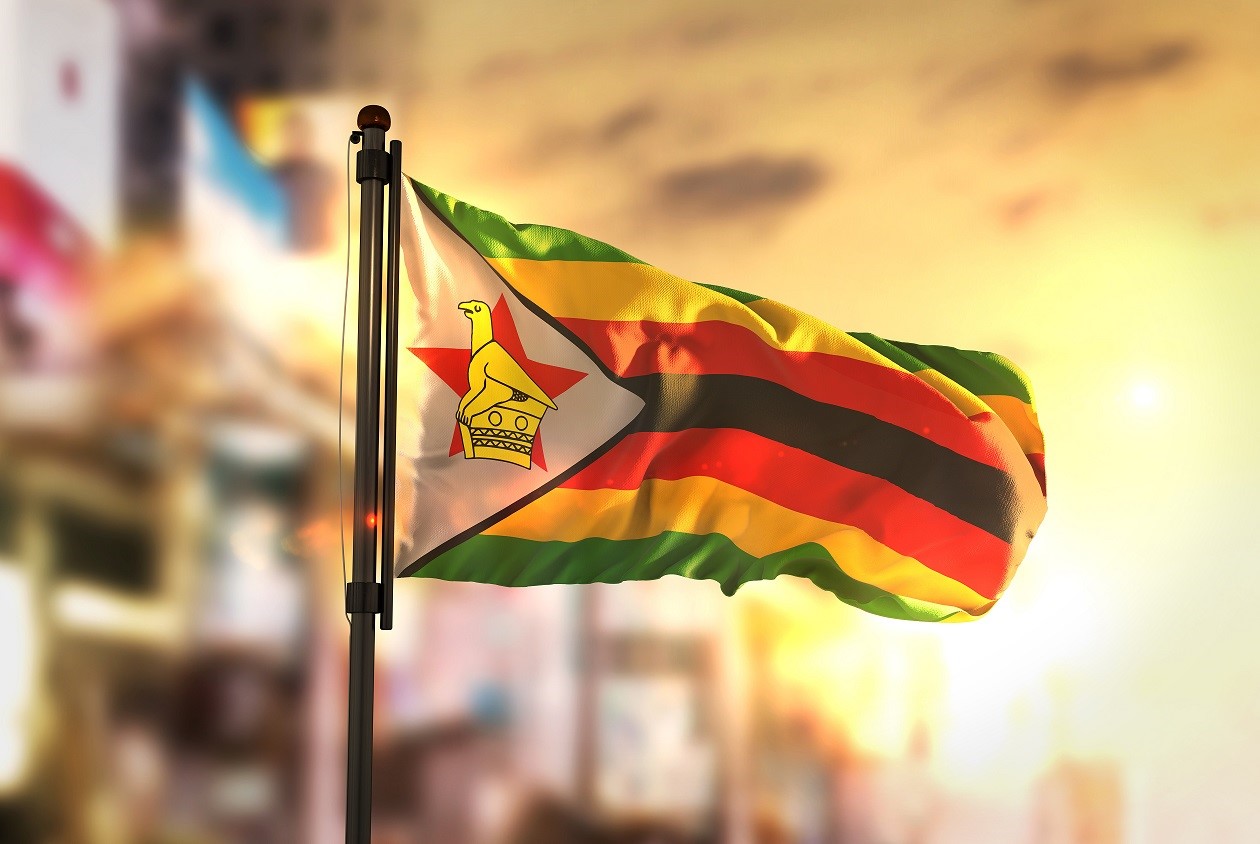
FROM its advent, the hip-hop culture quickly stormed the charts, took over suburbs and became a mainstream phenomenon which dominated the music charts and high street fashion as long as most teenagers have been alive.
The essence of hip-hop is rap music whose claim was once offering meaning and hope. Today, however, rap seems to have run out of ideas and even its loyal fans are now claiming that hip-hop’s message to the disenfranchised is one of confusion and self destruction.
Sapped of verbal vitality and ghetto pride, its profanities have become little more than a soundtrack of greed as celebrities and industry investors are now forced to promote the most sensational aspects of the culture. Does this spell the end?
Rap’s ancestry can be traced back to the black folk art of rhythmic narrative called toasting. This was a tradition probably passed down by nomadic African griots who would wander from village to village offering musical renditions of local history and mythology.
However, it was only in the 1970s when rap became a business, after a former soul singer named Sylvia Robinson founded the first rap label, Sugar Hill Records and in 1979 released what is now widely acclaimed as the first ever rap record Rapper’s Delight by the Sugar Hill Gang.
Although the raps and baseline were pilfered, Robinson’s creation was an instant hit. For a period it looked like rap would break the depressing rule of achieving popularity without blunting its creative edges.
Due to the fact that Hip-hop was generated out of a cut and paste process of lifting and looping sections of rhythm from obscure vinyl or sampling street noises and media jingles; it preempted the marvels of digital music production which allow modern producers to layer hundreds of different samples at a click of a mouse.
When in the mid 1990s this technology became widely available the marriage between Hip-hop and software seemed like one made in heaven. Grassroots audiences and pop consumers were momentarily united as the street joined the market.
- Chamisa under fire over US$120K donation
- Mavhunga puts DeMbare into Chibuku quarterfinals
- Pension funds bet on Cabora Bassa oilfields
- Councils defy govt fire tender directive
Keep Reading
The hip-hop culture’s influence has stretched into shires and beyond mainly because of its multi-ethnic cast, bringing Africa, Caribbean, European and Latin culture to the mix.
One of the landmark production of the time was Afrika Bambaataa’s Planet Rock (1982) by stitching Kraftwerk samples together, producer Arthur baker introduced an electro (and German) sound to the genré, helping it depart from its funky roots.
Another was Grandmaster Flash and Melle Mel’s The Message (1982) which ditched light-hearted party raps for race and politics and became the first ghetto classic. Following these “old school” days came the explosive delivery of Run-DMC and the Beastie Boys, the provocative content of NWA and 2Live Crew, the dazzling production aesthetics of Bomb Squad and DR DRE.
The smart business practices of Russell Simmons, the race politics of KRS One and Public Enemy-all helping to build the multibillion dollar industry of today. The reason why blacks have a stronger claim on rap music is due to its deployment of the impulsive improvised rhythms of jazz which impose themselves on either side of the downbeat. Rap epitomised the best expression of protest, a form of reportage, reality music from the slums.
The predominance of rap can be attributed to its increasing acceptability and loss of shock value. As an eclectic musical form it was always inclined to racial and musical crossover. The video of its first American top ten records.
The 1986 Run DMC/AEROSMITH collaboration Walk This Way had the two (black and white) rival groups tearing down an onstage dividing wall in a symbolic act of desegregation. Similar acts such as Public Enemy and Ice T appealed to thousands of white teenagers eager to shock their parents, while the Jazzy tones of Jungle Brothers and De La Soul attracted more passive audiences.
Yet for most of its life span, Hip-hop remained with all its associated violence, poverty and politics, a subversive sound which once frightened off MTV’s potential advertisers. The deleterious aspects of Hip-hop culture are felt everywhere. The arguments over its racism, misogyny, homophobia, political nihilism and problem with gun culture are well known.
Like all sensationalism, rap is subject to the law of diminishing returns. Expletives are overused and banal, while gangsterisms like drive by shooting are as hackneyed as the spaghetti western quick draw.
Its defenders however, claim that rap is just a fiction and that a line from Murder was the case has no more chance of turning young blacks into killers than an episode of Grey’s Anatomy will lead them into medical school. They ignore the reality that the gangster urge has become the most popular expression of discontent among black communities.
Reports of neglected teenagers living out the gangster dream are Frequent. Sadly, for many, the intended consequences of rap’s playful fantasies are cruelly reserved; resulting in disempowerment rather than opportunity.
Under pinning the cultural acceptance of hip-hop is its aptitude for enterprise. In contrast to rock music’s anti-commercial gestures and real of “selling out” rappers passionately embrace the entrepreneurial spirit. As a genre that is 35 years old this year, hip-hop is believed to have over 100 millionaires in the world.
The career of the average hip-hop artist now includes board room duties for the various subsidiary businesses they own. hip Hop moguls have developed their own clothing lines and energy drinks. Sneakers, colognes, ringtones, sportswear, and entertainment companies have taken pop merchandiser out of the venue tickets office and straight to the mall.
The reality however, is that most of these business depend on the mutating fashions of a capricious mass market. The numbers of truly successful companies is relatively small (many are owned by major labels) and the gap between the super rich and those on whom their influence is exercised has never been so wide.
Such material excess, combined with showmanship and conceit, is for large sections of the community a poisonous admixture and has led merely to attention seeking vulgarity.
Hip-hop has never been short of irony, yet an unbounded display of wealth, an impossible dream of gold, diamonds, thrones, canes, women and mansions is now permanently woven into the hip-hop aesthetic.
Why does hip-hop appear creatively impoverished? Rap has a problem with originality. Its habit of salvaging old hit records in the service of the new (for those who can afford copyright clearance) means that is has a limited repertoire of material to plunder.
At some theoretical point in this retroactive process, the whole history of rock’n’roll gets exhausted into pastiche.
Unlike rock music which itself has been on the ropes since the 1990s rap cannot look forward to original compositions. Just as free verse merged in literary poetry because the possibilities of rhyme were exhausted, so it is with the rhymes of rap and with the added disadvantage that rap is far more limited in its often crude couplings, exhausting itself after 35 years rather than 3 500.
The history of all art tells us that no sooner do we grow accustomed to one form than we begin searching for another.
It is unlikely that rap can extend itself much beyond the rhyming couplet. How much can rap and its audiences change before music becomes something fundamentally different?
Change is the only potion left for a form once built on innovation, but now characterised by self-limiting dogma and paucity of ideas.










